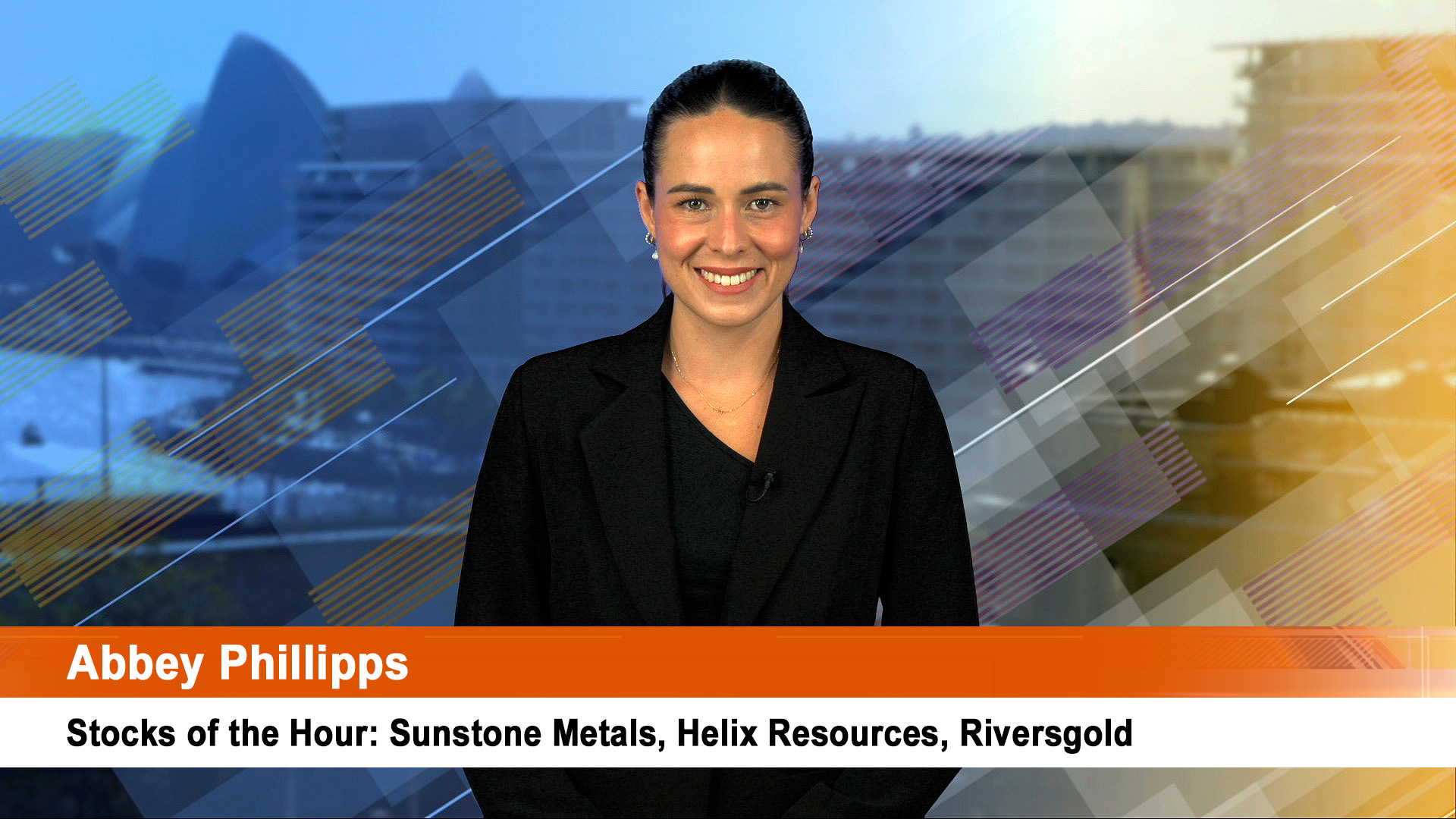According to London-based metals consultancy, GFMS, world gold prices could top last year’s 26 year high of $US730 an ounce within the next year because the now usual litany of factors: the weaker greenback,rising geo-political tensions and an investment-led rally.
GFMS said in its annual review of the metal, released just before Easter, that because there was a low level of participation from institutional and private investors in most countries, there was still “considerable upside potential for gold”.
It said in its view an investor led rally into at least the mid-$700s is”indeed probable over the next year or so.
“The strength of the gold price in 2007-to date, the continued moving up of the floor at which physical buying kicks in to support the metal and a further, albeit smaller, decline in gold supply is also expected to boost investor confidence in the yellow metal.”
Although, GFMS predicted further price growth, underlying physical demand for the metal continues to wane as higher gold prices deter jewellery buyers, something highlighted in February in a review of 2006 from the World Gold Council, and in the Outlook paper from the Australian Bureau of Agricultural and Resource Economics (ABARE).
GFMS said global jewellery demand fell to 2,280 tonnes, 30 per cent down from its peak in 1997 and down on the levels of 2004 and 2005. There was a small rise in demand from the electronics industries.
Driving the fall were the high prices, so another drop in demand could be expected from the jewellery sector if prices top the $US730 an ounce limit, as GFMS suggests it could.
With physical consumption of the gold falling, investment demand increased to a record 640 tonnes, up almost eight per cent on the year and almost double the amount seen in 2003.
As the World Gold Council reported in February (see below) investment demand was boosted by a surge in the number of Exchange Traded Funds started in 2006.
This plus the geopolitics, asset diversification from the financial sector, and a slump in mine output were the drivers in 2006 and will again drive prices for at least the next couple of years.
The World Gold Council, ABARE, and the South African Chamber of Mines have all highlighted lower production from major producing countries such as South Africa, the US, Australia and Canada.
GFMS said that lower mine production and a fall in central bank sales cut gold supply last year by five per cent. GFMS said global mine output fell three per cent to 2,471 tonnes, a 10 year low, thanks especially to the slump in South Africa, which is expected to continue for this year at least.
Higher gold selling prices last year could not offset the impact of rising mining costs and the higher cost of bringing new mines into production.
Average mine production costs rose $US45 an ounce from 2005 to $US317 an ounce last year. Rising energy and labour charges were behind the rise (especially in South Africa).
Rising output in China and South America could not offset the slide in output or the rise in production costs.
The only significantly consistent source of new supply was once again gold scrap which rose 25 per cent to 1,108 tonnes last year because of the higher prices.
The world gold price averaged $US 603.77 a troy ounce last year, up 36 per cent on the previous year, and the second-largest annual average after 1980’s record of $US614.50. Gold prices peaked at $US730 in May.
The sliding US dollar is playing havoc with mining costs in some countries and selling prices in others Gold rose 34 per cent in South African Rand prices, 21 per cent rise in the Yen gold price and an 8.7 per cent advance in the Euro gold price. Gold prices have fallen in Australian dollar values so far in 2007.
Of course gold wasn’t the only metal to have a strong year last year: silver rose 60 per cent, palladium 59 per cent, zinc 137 per cent, copper 83 per cent and nickel 65 per cent. Nickel prices have added another 50 per cent so far THIS year.
Gold prices have lagged that rate so far this year and closed around $US679 before Easter, around $US50 an ounce under that $US730 peak of 2006. Gold was trading around $US 679 last night.
……………………
In February AIR reported that the WGC had issued a report on its website on 2006 demand for gold.
In a summary on its website, the Council said
· 2006 demand for gold hit a record of US$65billion, despite fall in tonnage and reduced supply
· Industrial demand highest ever at 458 tonnes
· Jewelery sales at all time record in US$ terms at $44 billion
· Investment demand 7% higher than 2005 in tonnage terms and 45% higher in dollar terms
· Supply fell 13% in tonnage terms including a sharp reduction in net selling by central banks
The WGC said world jewellery demand was 2,267 tonnes and not only did the high and volatile prices have an impact but the uncertainty in Lebanon and Iraq also seems to have impacted buying in the early months of 2006.
“But demand ended up higher (around two per cent in tonnage terms) by the end of the year thanks to down around $US600 an ounce or a little higher and the traditional big demand periods, Diwali in India and Eid al Fitr at the end of Ramadan. It has remained solid in the first weeks of 2007.
“The report points out that the strong growth in the popularity of gold exchange traded funds means that this type of ETF has become the main driver of investment demand growth.
“Several new funds were launched last year and as a result the inflow of the metal into ETFs rose by 27 per cent, to 265 tonnes. The WGC said that by the end of last year, total gold stocks held by ETFs and other similar funds amounted to 652.5 tonnes, worth around $US13.3 billion.
“This investment in gold ETF’s overtook actual demand for physical gold bars, demand for which fell 18 per













